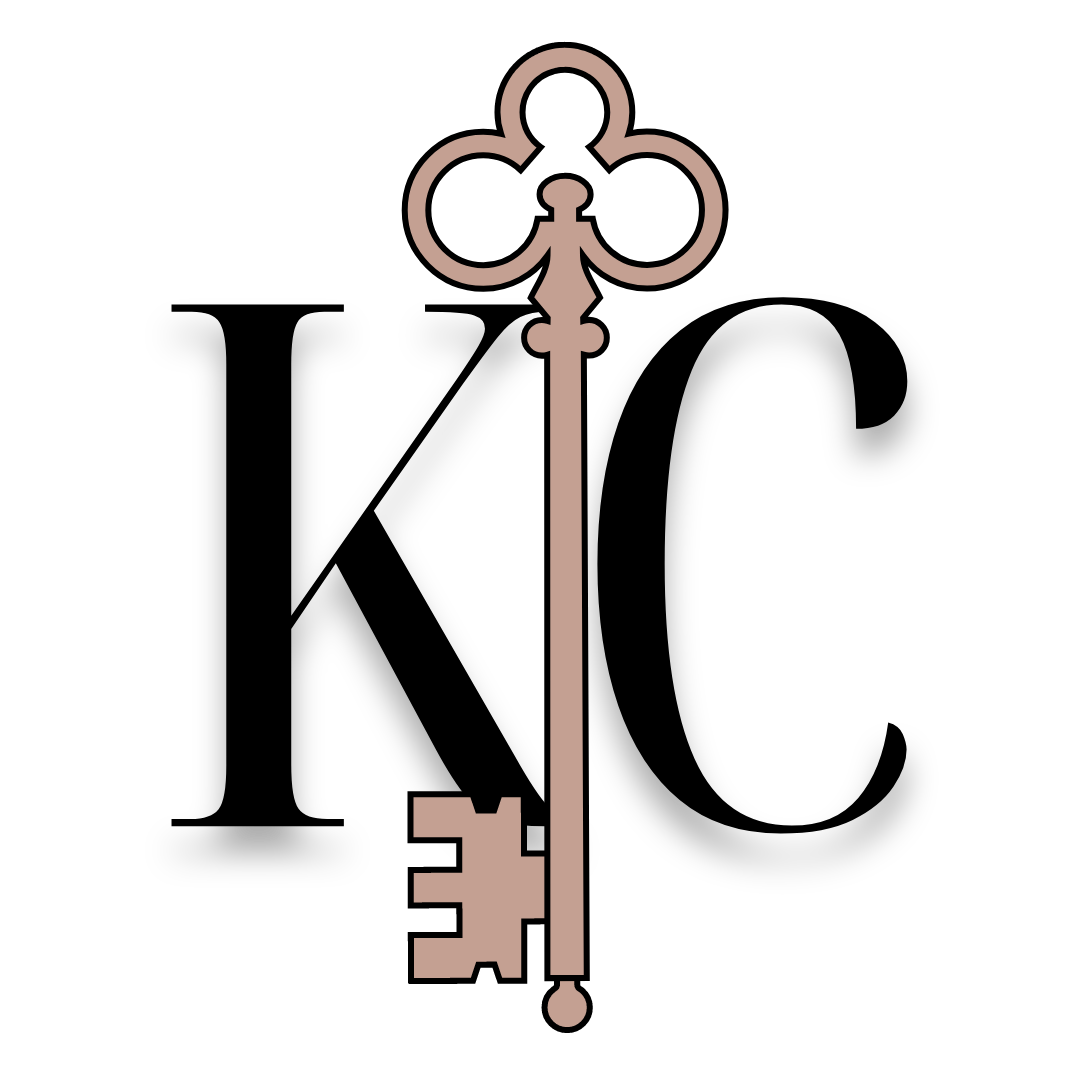Navigating the Fine Line: Understanding the Difference Between Muscle Soreness and Pain
Engaging in physical activities, whether it's a strenuous workout, a new fitness routine, or even just daily chores, can often leave us with sensations in our muscles. It's essential to distinguish between the common soreness that accompanies a good workout and more concerning pain that may require attention. In this article, we will explore the nuances between muscle soreness and pain, helping you understand when to seek treatment and how to use the timeline of symptoms to differentiate between the two.
Muscle Soreness vs. Pain:
Nature of Sensation:
Muscle Soreness: This is often a normal response to physical exertion, especially when engaging in new or intense activities. It is characterized by a dull, achy feeling in the muscles.
Pain: Pain, on the other hand, tends to be sharper and more intense. It may be localized in a specific area and can be accompanied by other symptoms such as swelling or bruising.
Onset and Duration:
Muscle Soreness: Typically, soreness sets in a day or two after the activity and gradually improves within a few days. This is known as Delayed Onset Muscle Soreness (DOMS).
Pain: Pain can occur suddenly during or after an activity, and its persistence beyond the expected recovery time may indicate an underlying issue.
Location and Spread:
Muscle Soreness: Soreness is usually spread over a larger area of muscles involved in the activity. It's a generalized discomfort and may be worse at the extremes of range of motion.
Pain: Pain may be more localized and specific, affecting a particular joint or muscle. It might be sharp and pinpointed throughout the entire range of motion.
When to Seek Treatment:
Intensity:
If the discomfort exceeds moderate and interferes with your daily activities, it's advisable to consult a healthcare professional. Even intense soreness can be improved with modalities such as cupping and dry needling.
Duration:
Persistent pain that lasts beyond the expected recovery time warrants attention. Chronic pain could indicate a dysfunction that needs assessment and could indicate a higher risk of a more substantial injury.
Changes in Symptoms:
If the sensation changes over time, intensifies, or is accompanied by other concerning symptoms like numbness, tingling, or weakness, seek medical advice promptly. Key to Change Wellness offers free calls to guide you in this instance. We can help you avoid unnecessary trips to the ER, premature imaging or expensive doctor’s visits.
Using Timeline for Differentiation:
Immediate Onset:
Pain or discomfort that begins immediately during an activity may indicate an acute injury.
Delayed Onset:
Soreness that develops a day or two after an activity is likely DOMS. This is normal and should improve with rest and gentle stretching. Dry needling, massage and cupping can expedite this process.
Improvement or Worsening:
If the discomfort improves with rest and self-care, it's likely muscle soreness. If it persists or worsens, especially with specific movements, it may be indicative of an injury requiring professional evaluation.
Conclusion:
Understanding the difference between muscle soreness and pain is crucial for maintaining a healthy and active lifestyle. While muscle soreness is a common and expected outcome of physical activities, persistent or intense pain should not be ignored. By paying attention to the nature, onset, duration, and location of discomfort, individuals can make informed decisions about whether self-care or professional medical evaluation is necessary. Always prioritize your health and utilize our free calls when in doubt, ensuring a safe and sustainable active lifestyle.

